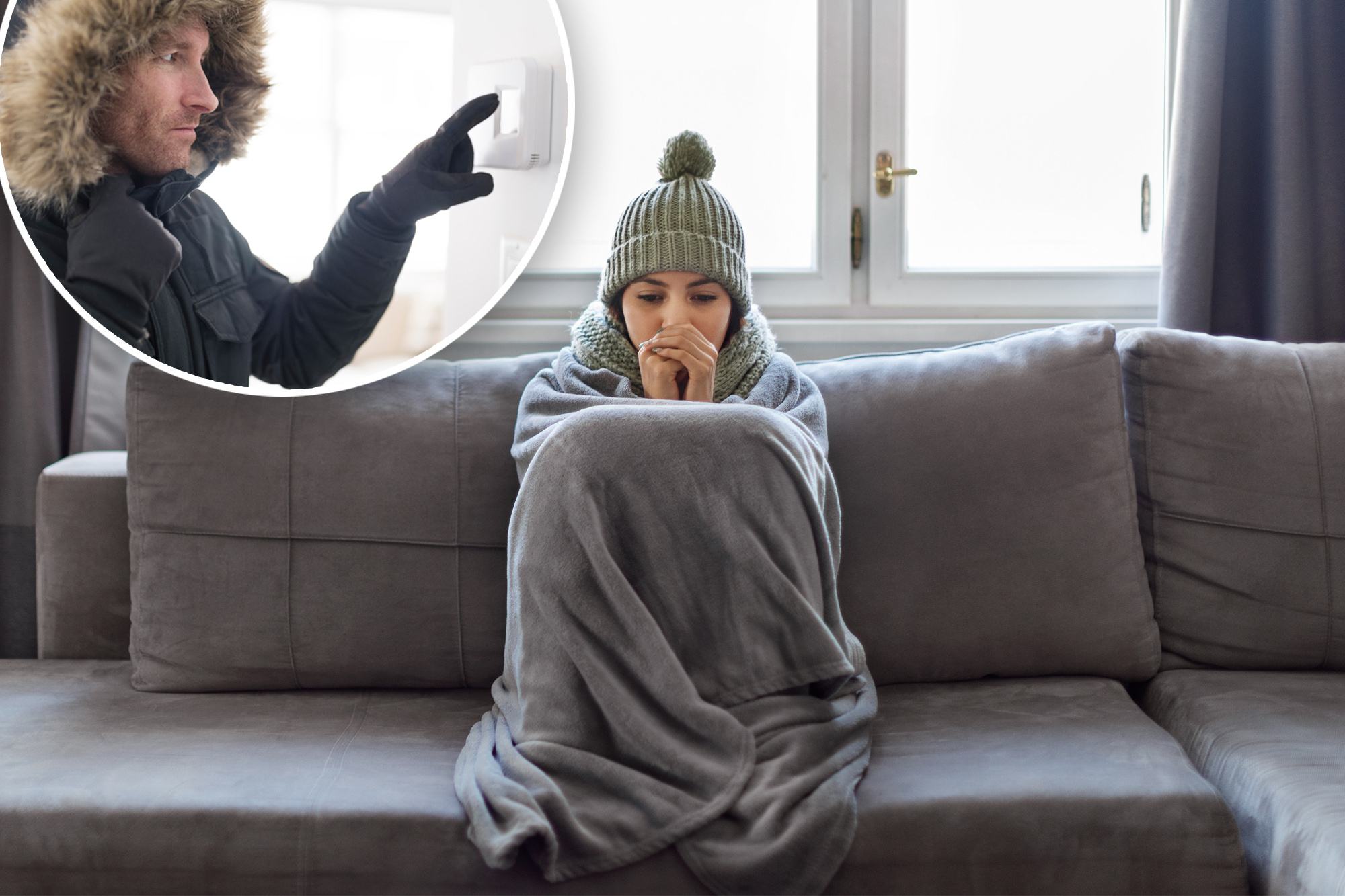A
significant portion of the country is experiencing extremely cold temperatures, leading to higher bills to stay warm. However, living in a house with numerous drafty spots can be draining your wallet even further.
Drafty areas are often found in rooms with more exposed gaps, such as attics, entryways, and living rooms with large windows or sliding glass doors. Basements tend to be drafty due to their below-ground level location and poorly sealed windows. Other overlooked areas include laundry rooms with dryer vents, kitchens with range hood vents, and garages connected to living spaces.
To identify these gaps, start by inspecting windows, doors, and electrical outlets. Old or poorly insulated windows and doors should be sealed off with weatherstripping to avoid drafts regularly. Electrical outlets on exterior walls can also let air in if not sealed properly. Consider replacing old outlets every 10-15 years and reseal as needed.
To detect drafts, listen for whistling or rattling noises, use a thermal detector, or perform the "candle test" by lighting a candle near doors and windows to see if the flame flickers. Incense can also be used to identify airflow through cracks.
Fixing these gaps is crucial to saving money on heating costs. According to estimates, people with drafty windows and doors can lose 20-30% in heating costs. Over a decade, this can add up to significant losses that could fund upgrades like energy-efficient windows or even contribute to a new HVAC system.
Proper sealing of the gaps reduces these losses drastically. Insulate attic floors, caulk around exterior frames, and use foam gaskets for outlets. Consider DIY weather-sealing kits or professional help to fully seal gaps in your attic, walls, or foundation. Don't forget to ask your electric or gas company about rebates or incentives for efficiency upgrades, including free or low-cost energy audits that can pinpoint areas of energy inefficiency and suggest ways to reduce energy consumption.













